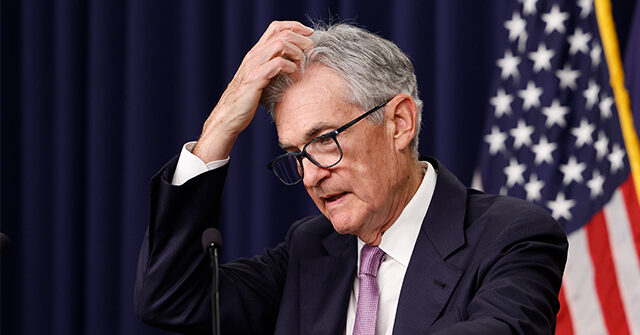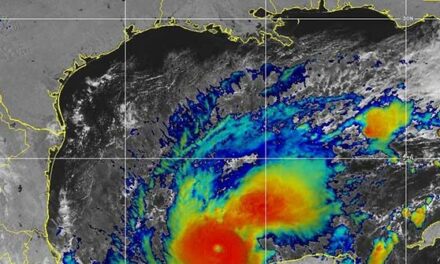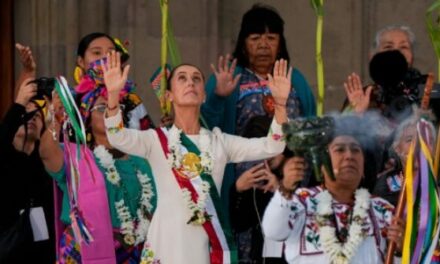We support our Publishers and Content Creators. You can view this story on their website by CLICKING HERE.

Will the Fed Double Down on September’s Mistake?
The September jobs report was a jolt to the system, upending expectations for the Federal Reserve’s next moves.
The addition of 254,000 jobs in September—well above the 140,000 forecast—paired with a dip in the unemployment rate to 4.1 percent, makes one thing clear: the labor market has not significantly weakened. It’s powering ahead.
Wage growth came in stronger than expected at four percent, further complicating the Fed’s narrative that the economy needs propping up with lower rates. After the Fed’s surprise 50-basis-point cut in September, the burning question now is whether the central bank overplayed its hand.
Bank of America’s Aditya Bhave succinctly captured the mood shift in a note to clients on Tuesday: “The gangbusters September jobs report and the large upward revisions to GDP and GDI suggest to us that the Fed’s super-sized 50bp cut in September was not warranted.”
In other words, the Fed may have panicked prematurely, mistaking a brief wobble in the data for a full-blown economic downturn.
Bhave goes further, noting that client conversations have swiftly shifted from whether the Fed will cut by 25 or 50 basis points in November to whether it should cut at all. “Will the Fed skip November to make up for the 50bp cut in September?” Bhave asks.
“The much better than expected September employment report should give the Fed pause for cutting rates again at the November 7 meeting,” Joe Lavorgna of SMBC Nikko Securities said in a recent note.
Billionaire investor Ray Dalio expressed doubts about the Fed making “significant cuts in rates” following the strong September report. “The economy right now is in relatively good balance,” Dalio said at the Greenwich Economic Forum. He noted that the September cut gave policymakers the space to move more slowly.
The Market Thinks the Fed Will Cut Again in November
The market still thinks the Fed will cut, but it has thrown the odds of another 50 basis point cut into the ash heap of history. At the end of September, the market was pricing in even chances of a half-point cut and a quarter-point cut. As of Tuesday, the odds of a larger cut are zero. The odds of no cut at all have crept up to around 13 percent.
The market seems convinced that the Fed will look at the September jobs figures as a transitory blip—or perhaps even a mistake in the data. So long as inflation appears well-behaved, the Fed will stick to its cutting guns.
“Even if the Fed concludes with the benefit of hindsight that it didn’t need to cut by 50bp in September, we doubt it will be deterred from cutting (by 25bp) in November on strong labor data alone,” Bhave notes.
There’s also the problem of credibility. By moving so boldly and so early, the Fed has put itself in a bind. If it seems to back away from cutting now, it could kindle worries about the path of interest rates.
Finally, the Fed’s decision to cut before the election may put pressure on the Fed to cut after the election, especially if Donald Trump wins. Certainly, it would look politically awkward if the Fed were to change directions in interest rate policy just because control of the White House had changed parties.
From Soft Landing to No Landing
There’s no denying that the Fed is trying to thread the needle, aiming for a soft landing where inflation cools without inflicting economic pain. But the September jobs report throws that delicate balancing act into question. If wage growth continues to accelerate, as it has over the last month, inflationary pressures could reignite before the Fed has time to react. In other words, the odds are growing that we end up in the no-landing scenario in which inflation stays high or even starts rising again.
But the real question is whether the Fed should be cutting rates at all given the resilience of the economy. Another cut risks overstimulating a labor market that clearly doesn’t need much help.

 Conservative
Conservative  Search
Search Trending
Trending Current News
Current News 







